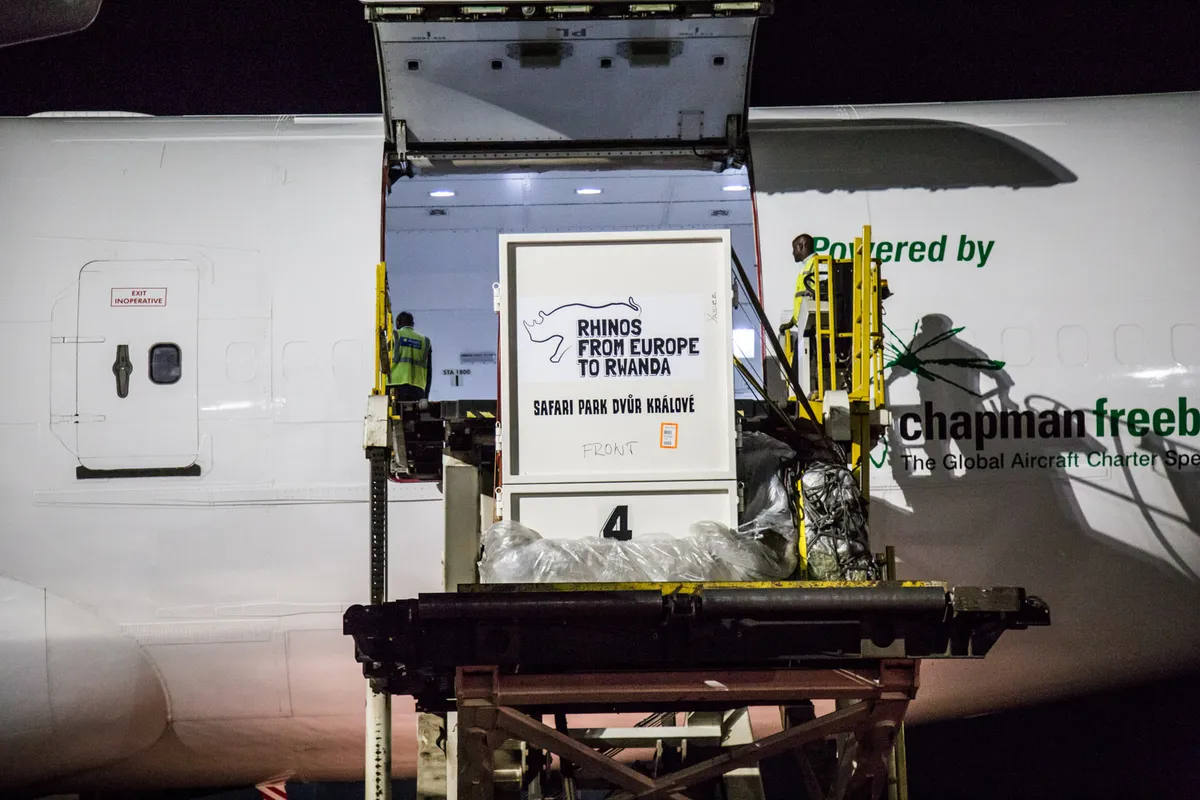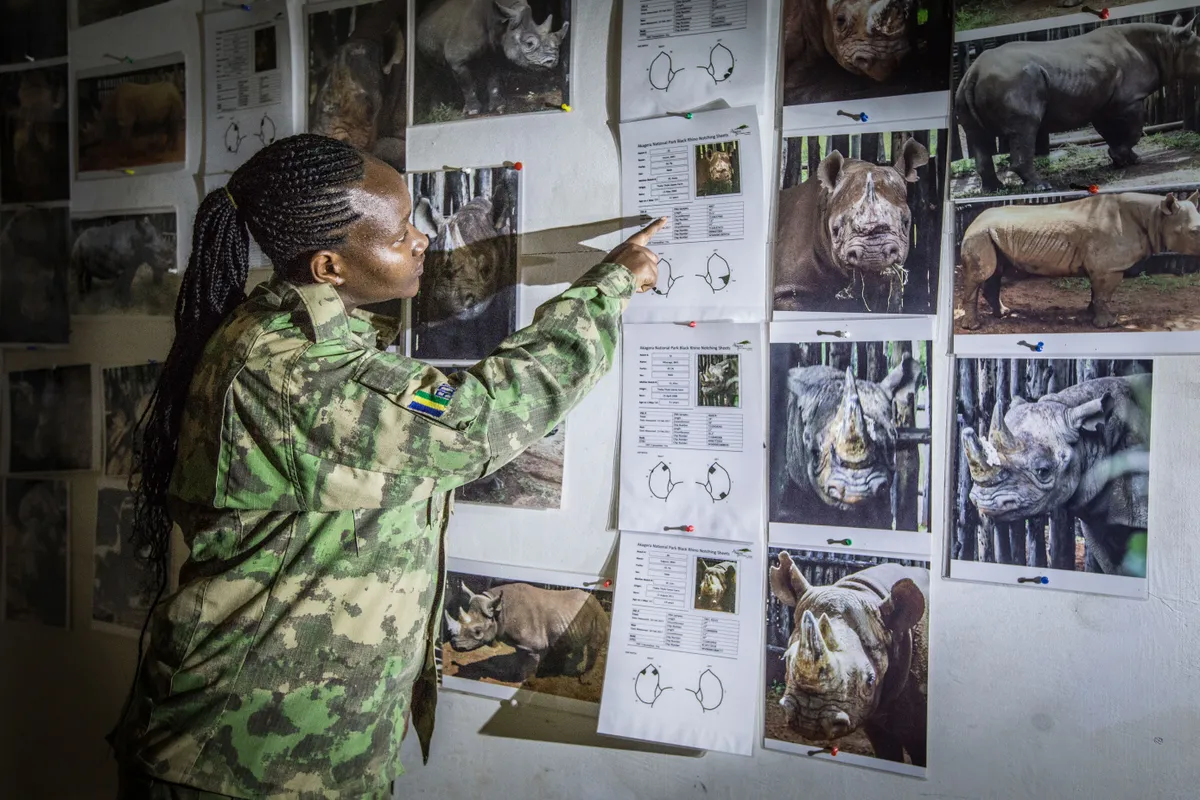The translocation of five black eastern rhinos Diceros bicornis michaeli from Europe to Rwanda’s Akagera National Park has been hailed as a success.
“The newly translocated rhinos will bolster the founder group that we introduced in 2017, contributing to the re-establishment of a robust eastern black rhino population in Rwanda,” says Jes Gruner, park manager of Akagera National Park.
In partnership with the European Association of Zoo and Aquarium (EAZA), Rwanda Development Fund and African Parks, which manages Akagera National Park, two males and three females were translocated from Safari Park Dvůr Králové in Czech Republic, Flamingo Land in the UK, and Ree Park Safari in Denmark.
The EAZA Ex Situ Programme (EEP) aims to increase the genetic diversity of the rhinos in Akagera National Park and to reinstate the critically endangered subspecies in Rwanda.

This translocation builds on a population which was established in 2017 and now stands at 20. Prior to this introduction, black rhinos had not been seen in the National Park for ten years.
To begin with, the five new rhinos have been released into small enclosures, called bomas, where they will be monitored for three weeks. Following this, they will be moved into a larger area for several months, and then released into the wider park.
“The success of the EEP has enabled us to supplement natural populations of rhinos in Africa,” says Dr. Thomas Kauffels, chair of the European Association of Zoos and Aquaria.
“Modern zoos are a key part of the conservation landscape, and our collaboration with Akagera National Park and the Rwanda Development Board demonstrates how zoos can contribute directly to the conservation and recovery of endangered species in protected landscapes.”
The IUCN estimates that there are fewer than 5,000 black rhinos in the wild and only 1,000 of these are the critically endangered eastern black rhino subspecies.
Consequently, extensive measures have been put in place to safeguard the Akagera’s rhinos. These include a trained rhino tracking and protection team, a canine anti-poaching unit, and deployment of a helicopter for critical air surveillance to enhance protection of the park.

This translocation forms part of the Rwanda government’s vision to revitalize and protect its natural heritage for both people and animals.
Main image: Rhino in boma in Akagera National Park. © Scott Ramsay/African Parks